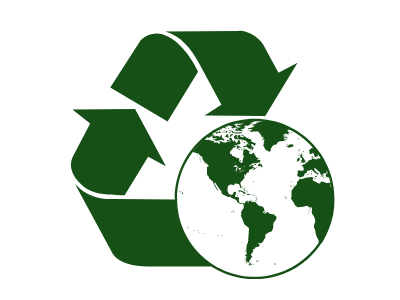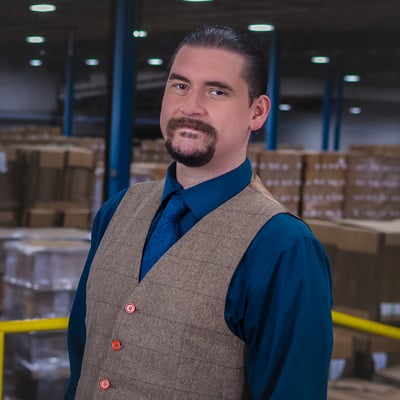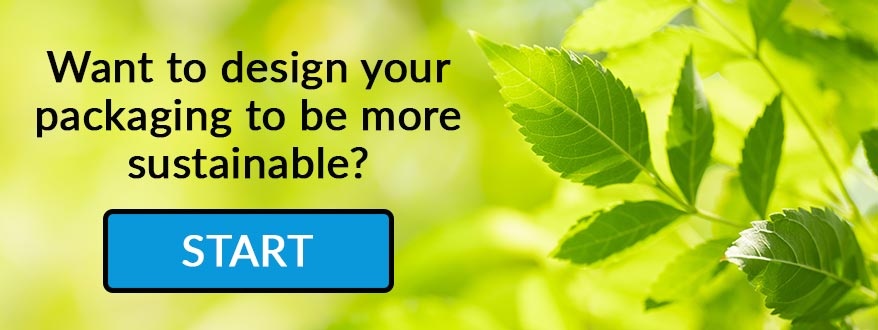What Is Reusable Packaging? Is It Actually Sustainable?
One of the hottest rising trends in packaging that has been growing in popularity since at least early 2019 is reusable packaging which has seen such growth due to the fact it is considered sustainable.
As to whether or not these materials are, in fact, more earth friendly than traditional forms of packaging such as rigid packaging and flexible packaging is yet to be seen.
While reusable packaging, such as circular economy projects like LOOP, seems very attractive on the surface, the weight and carbon footprint of these heavier packaging containers has drawn both public acclaim for their recyclability and the ire of those studying the impact of these high-carbon experiments.
As for whether or not reusable packaging is genuinely more sustainable than traditional flexible packaging remains to be seen.
In this article, we will explore the pros and cons of reusable packaging and compare them to their more traditional counterparts like flexible packaging.

What Is Reusable Packaging?
Reusable packaging is made from solid material formulations such as metal. It is explicitly made for ongoing reuse until the container has reached the end of life, at which point it is recycled or disposed of.
The idea behind reusable packaging is that it is more sustainable as it can be refilled many times over the course of its natural life. This results in the manufacturing of fewer materials.
As such, it is often marketed as more sustainable than traditional packaging materials such as rigid or flexible packaging.
For example, we have LOOP.
LOOP is more or less a modern approach to the actions of the milkman. When milkmen were a thing, they would come to your house every day or week and drop off ice-cold glass milk bottles.
Consumers would drink the milk over time and keep the empty bottles. The next time the milkman stopped by the house, he would drop off the new, fresh milk bottles and collect the used empty bottles.
The bottles would be cleaned and sanitized, then refilled with fresh cold milk. Then, this process would continue for years before refrigeration technology advanced, rendering the milkman out of a job.
However, we can say with some faith that the milkman's glass bottles were, in fact, one of the first types of reusable packaging to hit the market.
Today, rather than the milkman, you just might find a local UPS driver leaving some products from multiple companies (including but not limited to Nestlé, Procter & Gamble, Unilever, Petcare, etc.) and later the following week returning to retrieve the used packaging and sending it off to LOOP where it will be sanitized, refilled and sold once again.
Sounds great, doesn't it? Recyclable materials being used over and over, closing the loop on a circular economic transition?
There is only one problem with the idea that this is actually a sustainable process.
While the feel-good factor goes through the roof as consumers assume that reusing and recycling the product at the end of life is entirely earth-friendly, the unfortunate reality surrounding the carbon footprint of this process primarily says otherwise.
Looking for sustainable packaging? We can help!
Is Reusable Packaging Sustainable?
While using 100% recyclable containers over and over again until the end of life, at which point they are recycled, sounds quite environmentally kind, the simple fact is that, for the most part, they are not.
This is because fully recyclable packaging materials used in LOOP and similar constructs such as metal, glass, and cardboard produce significantly more carbon during production, transportation, and recycling or disposal than most flexible packaging materials such as shrink film.
Moving those heavy glass and metal containers back and forth on our highways produces a far more significant impact on our environment than single-use plastic packaging such as flexible pouches.
At the end of the day, most reusable packaging is simply not a more sustainable choice than flexible packaging alternatives, as these produce far less carbon than these reusable options.
It could be said, however, if the technology behind the materials were to be able to produce packaging and containers with a light enough weight to drop reusable packaging's carbon footprint below those of flexible packaging, perhaps they may become viable.
Until then, that is simply not the case.

Are You Looking For Sustainable Packaging?
If I had to assume as to why you are here today, I would presume that you are researching this topic because you are looking for sustainable packaging materials for your business.
While it may be disappointing to discover the complicated reality of reusable packaging not being a proper solution to your problem, you will still have to find something to help your business meet its sustainability goals.
And although reusable packaging is not the best choice at this time, there are more sustainable packaging options within the realm of flexible packaging.
What's Flexible Packaging?
Flexible packaging is packaging or containers created with flexible or easy-to-bend plastic formulations that, when manipulated, can change in form. Flexible packaging materials are primarily utilized in consumer goods packaging applications to secure, advertise, and distribute a wide variety of items.
Most types of flexible packaging materials boast the lowest carbon footprints when compared to the most popular alternative packaging materials, including glass, metal, cardboard, paperboard, and more.
Are You Interested In Learning More About Flexible Packaging?
Are you curious to learn more about flexible packaging and what benefits it can offer to your company, brand, products, and customers?
If, after reading this article, you are curious to learn more about flexible packaging materials and their superior sustainability when compared to the most popular alternatives, then you have come to the right place.
Suppose, after reading this companion article, you are looking to find additional information such as pricing and lead times. In that case, you will want to consider talking with one of our in-house packaging experts. Here you can learn more about sustainable, flexible packaging supplies.
They will be able to answer any additional questions you may have about flexible packaging and provide pricing and availability to you as well.
About Nathan Dube
As the Digital Marketing Specialist at Industrial Packaging, I am honored to create content for such a phenomenal company and work with one of the greatest teams in the Packaging Industry. Whether creating a video, writing blog posts or generating other pieces of content and multimedia, I am always excited to help educate and inspire our prospects and clients to reach their highest potential in regards to their packaging processes and needs.




